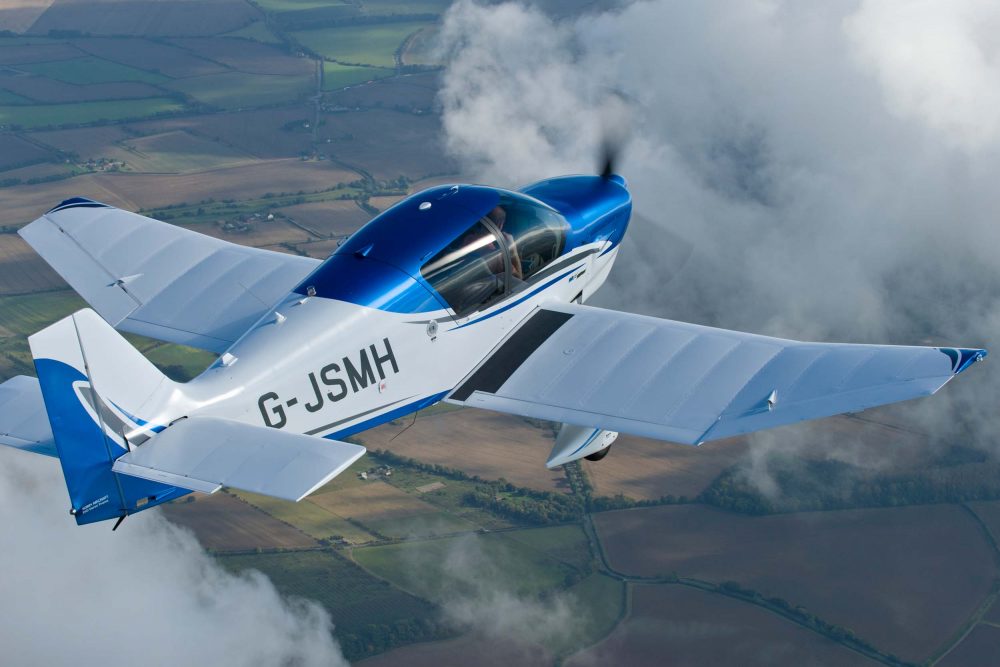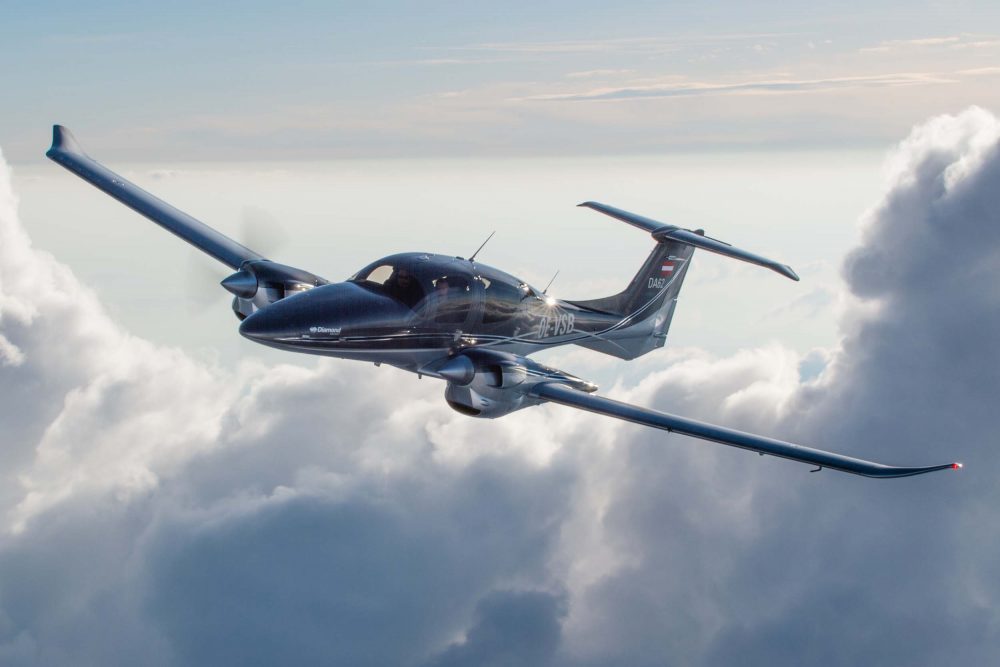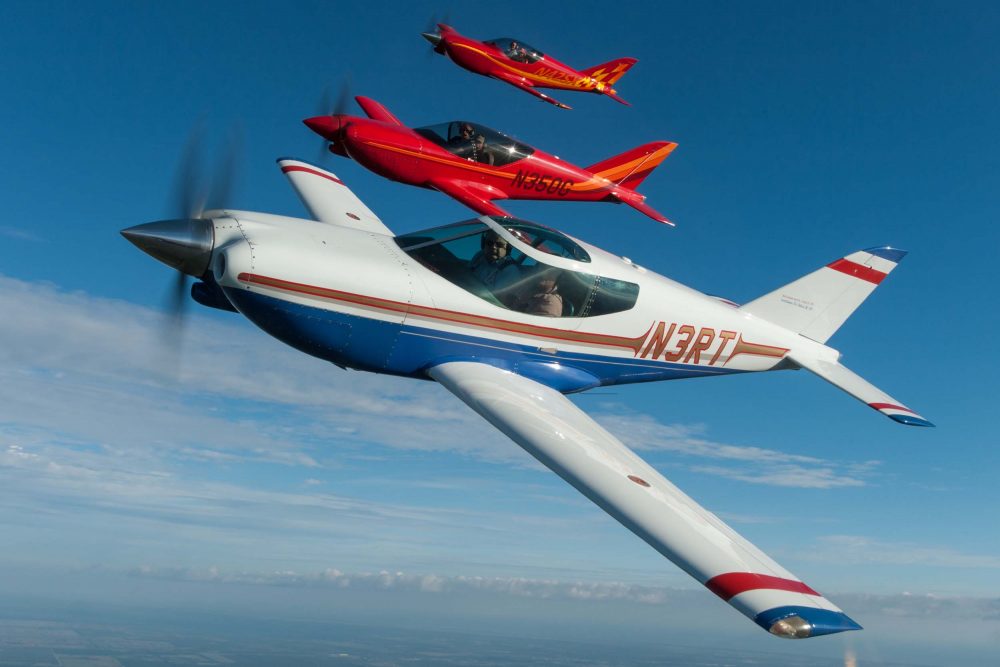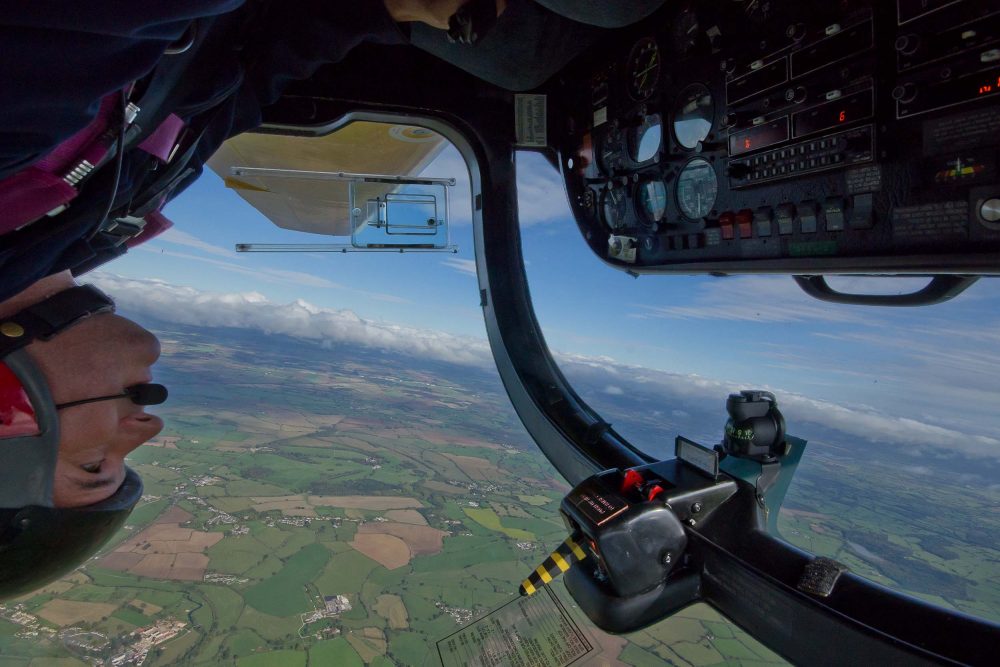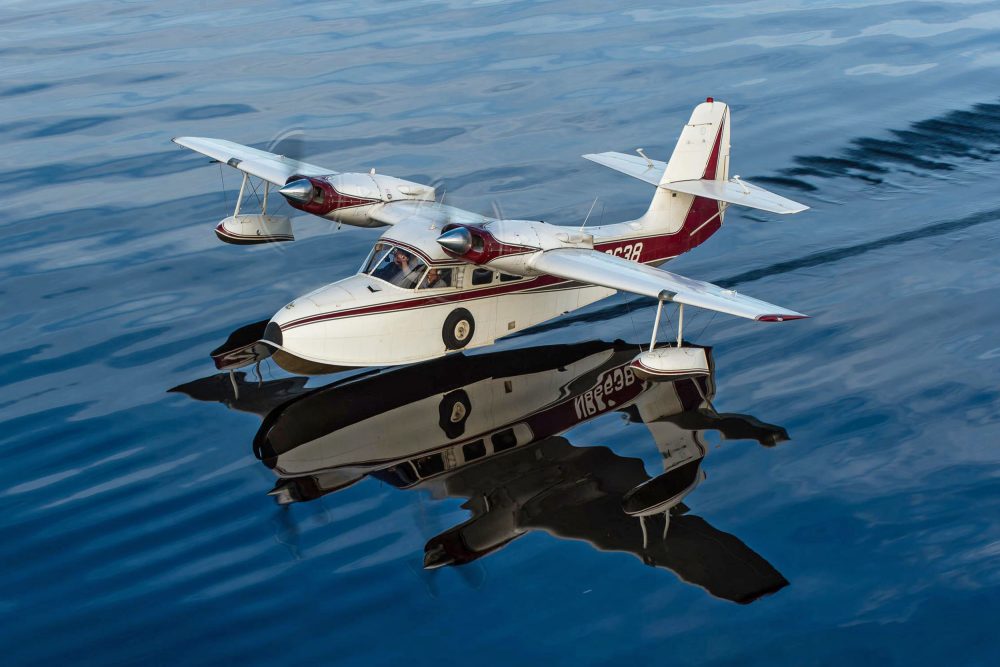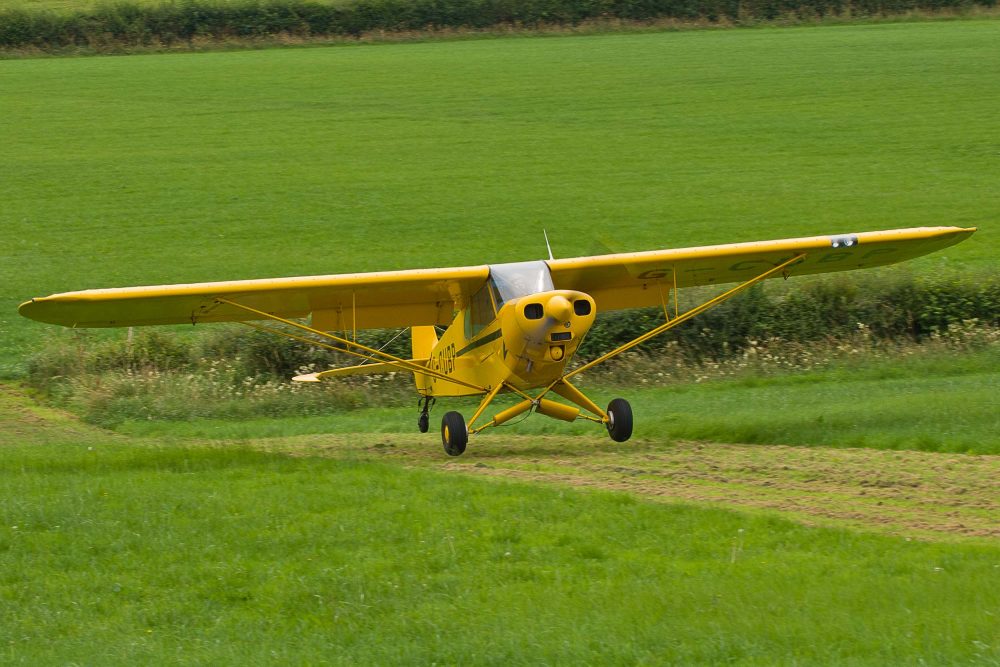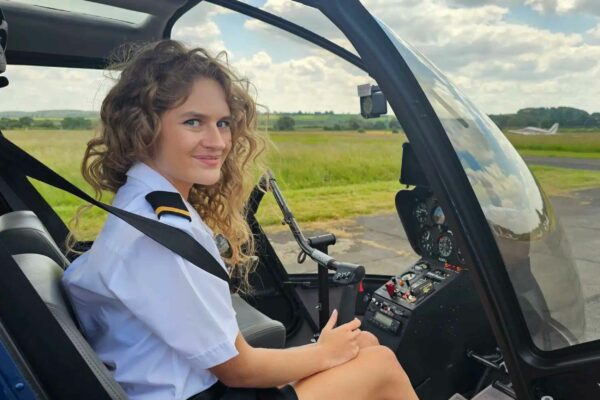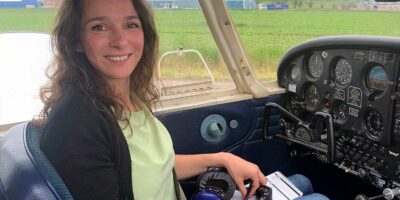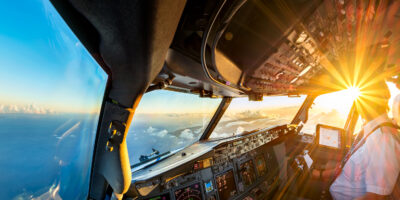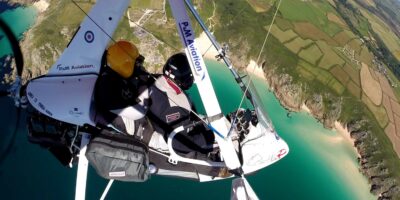Formation Flying
Flying in formation is a great skill set to develop. It will hone your planning and piloting skills, and improve your concentration, discipline and airmanship.
A number of schools offer the chance and during a typical course you’ll be taught the essential skills of joining formation, station-keeping, formation departures and recoveries, and formation leading. Many are run by former military pilots who have all learned and practised formation flying to the nth degree.
It’s best to learn at a flight school, which has specialist skills, rather than just ‘wing’ it with friends because it’s not the kind of flying you want to get wrong.



